ZStack Cloud Platform
Single Server, Free Trial for One Year
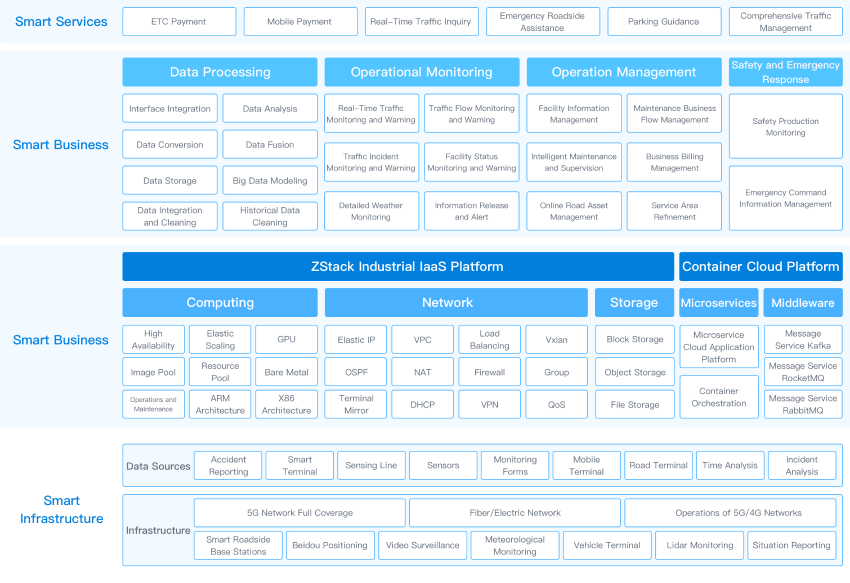
The ZStack freeway industry solution, through a combination of products such as virtualization, cloud platform, distributed storage, multi-cloud management platform, and HCI, comprehensively covers cloud infrastructure for data centers.
It meets the diverse cloud infrastructure construction needs for scenarios like freeway toll stations, service areas, tunnels, video cloud networking, and section-wide integrated monitoring. This solution helps freeways build stable, secure, high-performance, and user-friendly cloud infrastructure.
View image in full screen >Business Challenges:The construction of a hospital business system on the cloud involves multiple systems, including HIS, LIS, EMR, and PCAS. These systems are numerous and diverse, with different types of data, and each has unique requirements for the cloud platform as a whole.

Cloud platforms can dynamically allocate and provide on-demand computing, storage, network, and GPU resources to improve resource utilization. The elastic bare-metal feature serves high-performance application scenarios, where physical machines can be managed uniformly and used as conveniently as cloud hosts.

The cloud platform enables unified clustering across different generations, models, and architectures of CPUs, achieving seamless integration of multi-brand servers for hardware reuse. This helps freeway customers make the most of their existing hardware resources, protecting their investments and achieving goals related to sustainability, energy efficiency, and environmental friendliness.

The product-level CDP (Continuous Data Protection) module and backup solution assist freeway clients in completing toll station-level and central-level data backups. This can be achieved without the need for expensive third-party software or complex operations, enabling data backup and recovery.

With a fully graphical UI for visual monitoring and alerts, fault localization, event handling, log analysis, service analysis, intelligent guided operations, and seamless upgrades, the complexity of operations and maintenance is minimized to the greatest extent. The road section electromechanical department can easily handle operations and maintenance without additional technical burdens.
Business Challenges:Traditional service areas have relatively independent information platforms, lacking unified management and coordination. The variety of systems is extensive, and data is not centralized. The data accumulated by these information systems is unable to effectively support business management and public services.

The cloud platform provides real-time insight into data resource usage and system performance across service areas, enabling unified management and automated operations of various information platforms. It also offers real-time monitoring and auditing of service area operations, improving management efficiency.

The cloud platform divides security zones based on business functions, security protection levels, access requirements, etc., to achieve secure interactions between zones. It ensures compliance with hierarchical protection standards through four layers of security: network security, data security, business security, and data and account security.
Business Challenges:In environments where multiple complex devices and systems coexist, frequent data interaction occurs between internal and external field systems, with high real-time requirements. The video data has high traffic, placing significant demands on AI computing power. The automated and intelligent control systems, which are based on industrial protocols, require high compatibility. There are numerous molecular business systems, each demanding high levels of isolation. Additionally, the use of 3D graphical and modeling technologies such as BIM and AR demands substantial GPU computing power.

Cloud platforms offer three modes of GPU capabilities: GPU passthrough, GPU virtualization, and GPU resource pooling. These modes support the computational power requirements of applications such as traffic video processing, visual analysis, AI applications, and 3D graphics and modeling applications like BIM.

Cloud platform compatibility supports common industrial and IoT communication protocols such as Modbus TCP, Profinet, Ethernet/IP, and MQTT. Additionally, it innovatively supports TSN communication protocols and communication cards to meet the performance requirements of digital infrastructure in automation control systems.

The built-in isolation policy of the cloud platform can achieve logical isolation between multiple business systems through simple configuration, meeting the isolation requirements of various subsidiary business systems in the tunnel.
Business Challenges:The video cloud network not only needs to monitor and process a large amount of real-time video data, such as vehicle flow, speed, traffic video events, etc., but also needs to interface with roadways, service areas, and tunnel videos, pushing the video streams to the streaming media server at the freeway center. Due to the vast volume of video data, delays in data processing and transmission may occur, which could affect the real-time requirements.

To address the vast volume of video data, ZStack’s self-developed distributed storage architecture is based on cloud services to achieve petabyte-level video data storage. It features high reliability, easy scalability, and high performance, enabling efficient handling of high-speed video data.

The cloud platform supports on-demand scaling, allowing elastic expansion based on the business requirements of the video cloud network gateway. This ensures that it meets the varying needs during peak and off-peak periods, efficiently encoding and compressing video streams for transmission to the freeway center.
Business Challenges:Based on intelligent analysis, achieve comprehensive network visibility, efficient law enforcement, precise fugitive tracking, and full-chain auditing. This includes real-time monitoring of map-based positioning, traffic congestion, traffic incidents, and weather conditions. Given the high complexity of integrated monitoring tasks, large volumes of business access, and the demand for unified processing capabilities, scientific analysis and decision-making become challenging, placing higher demands on infrastructure capabilities.

The construction model of central cloud + edge cloud allows for unified management of monitoring data and comprehensive monitoring across various segments through a cloud platform. A multi-cloud management platform can enable refined operations across multiple clouds, and a visualized dashboard provides multi-dimensional data presentation to support scientific analysis and decision-making.

The cloud platform supports various open standards and API interfaces, seamlessly integrating with different application systems to achieve data interoperability, sharing, and analysis. It comes with a built-in application marketplace and offers capabilities for visualized deployment and management of complex applications, enabling integrated cloud applications for comprehensive road segment monitoring.
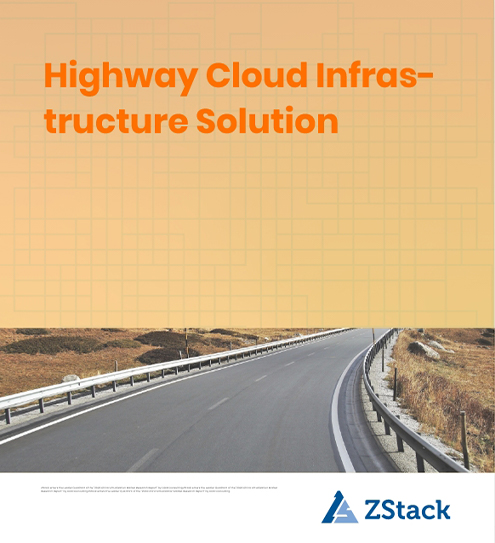
Build a reliable new cloud infrastructure for the intelligent upgrade of the national highway "one network operation, integrated service"
DownloadZStack offers comprehensive products that includes virtualization, cloud, distributed storage, HCI, and multi-cloud management platforms. These product lines fully cover data center cloud infrastructure, enhancing rapid innovation capabilities, quality standards, intellectual property protection, and production management efficiency. This strengthens the core competitiveness of high-speed enterprises and boosts their international influence.
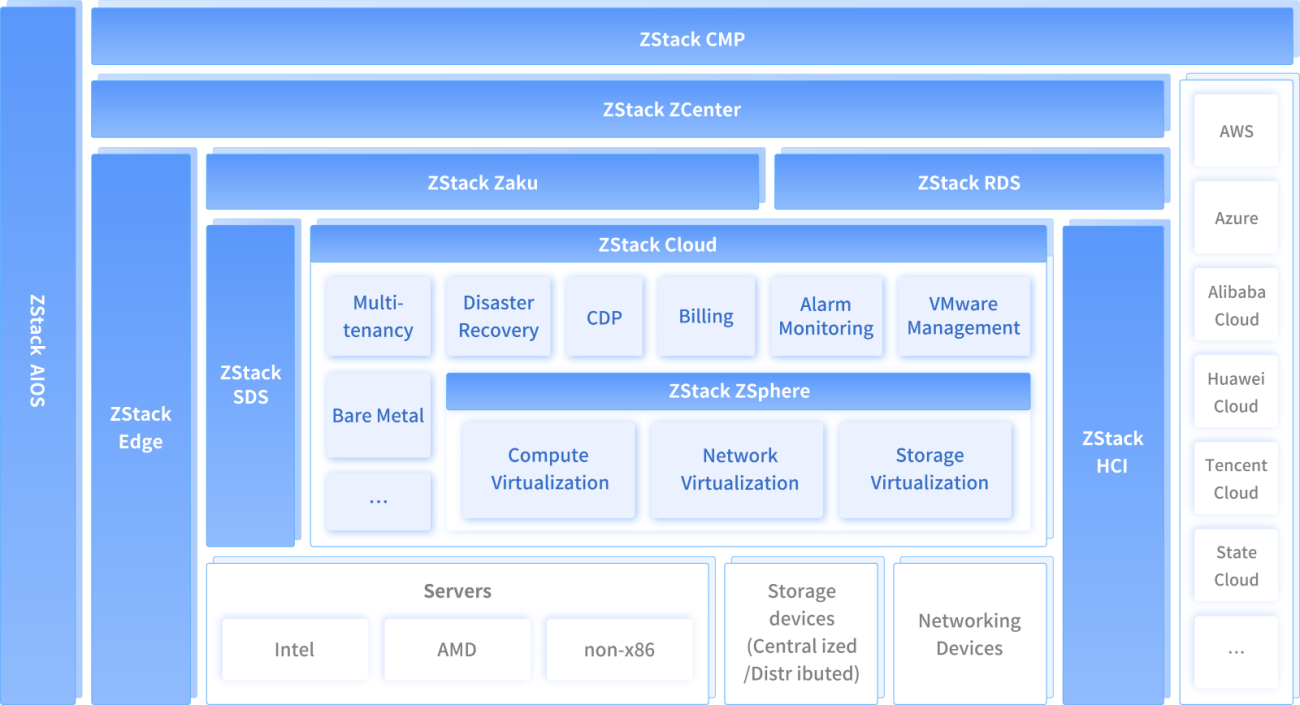
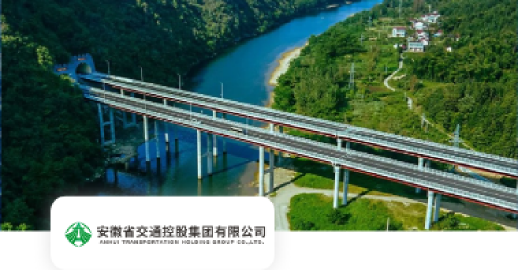
TThe ZStack cloud platform supports the construction of systems such as the 4A data center system and ETC gantry toll collection system. Deploying disaster recovery data centers in two locations effectively ensures data security and business continuity. Partition the construction based on business types: the charged area will use the ZStack cloud platform with distributed storage, while the non-charged area will adopt the ZStack cloud platform with legacy FC-SAN storage.
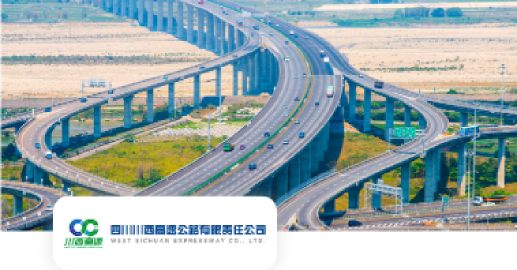
TThe smart freeway cloud enables the transformation from video monitoring to video-based intelligent pervasive sensing, significantly enhancing the overall efficiency of the road network. The GPU passthrough feature of the ZStack cloud platform provides a high-performance computing engine for video algorithms. The ZStack disaster recovery module provides continuous protection for platform data, ensuring the platform remains robust and reliable. Even under long-term high-load pressure, it consistently maintains a stable operating state.
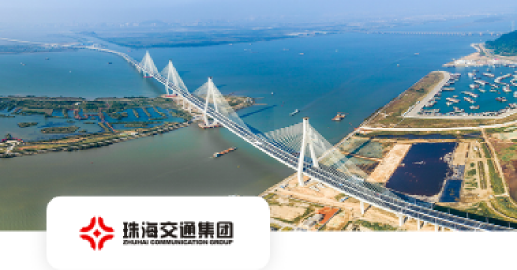
TVMware-to-ZStack smooth migration through V2V, utilizing old physical servers and FC-SAN storage via the cloud platform to form a legacy center cluster, deploying some non-core business systems. The ZStack disaster recovery solution can synchronize data in real-time to the legacy center cluster. Additionally, some old servers are stored in a remote data center, synchronizing local data to the remote data center to achieve off-site backup, ensuring data security and compliance of the business IT support platform in case of anomalies or disasters.